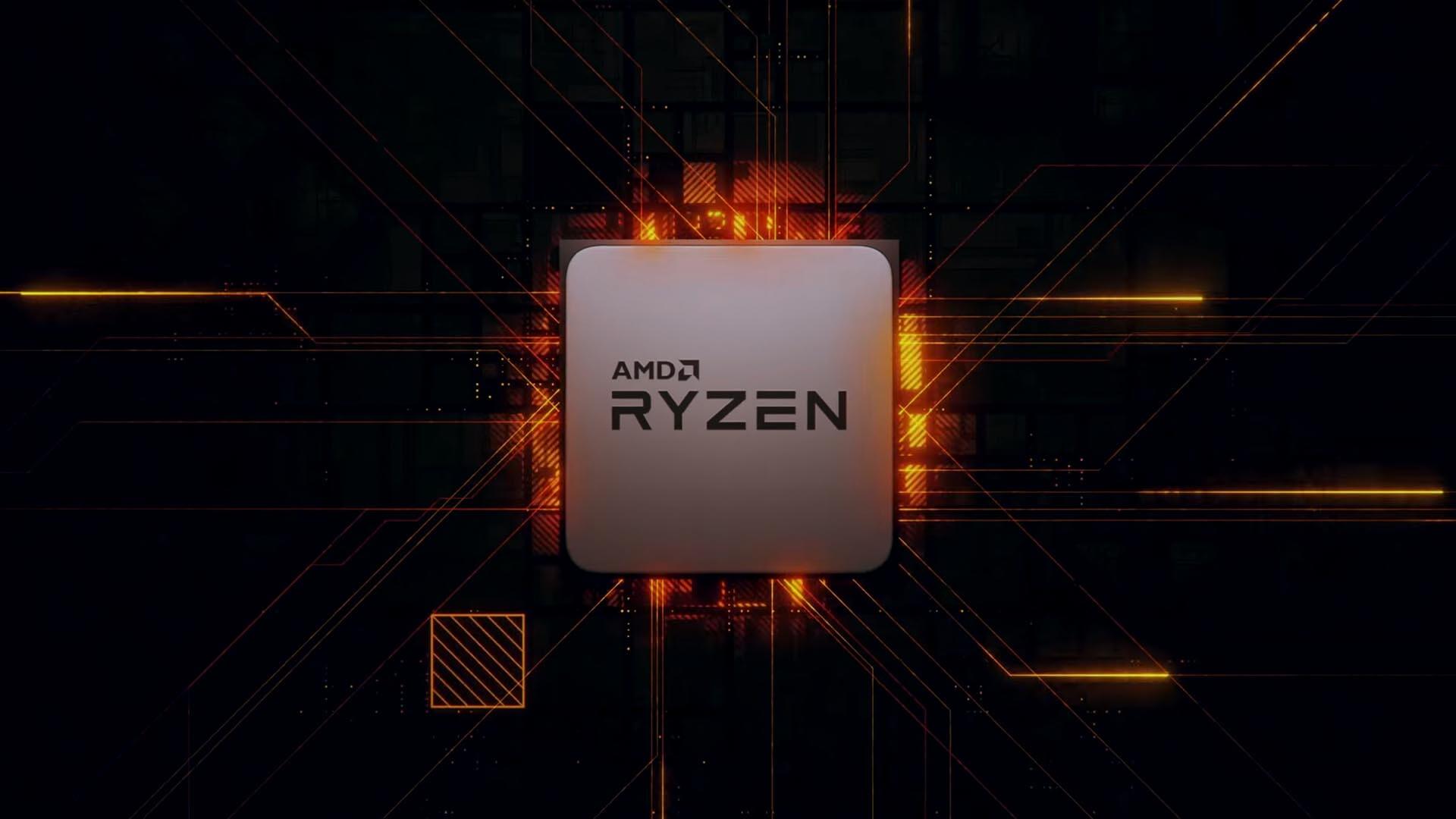Depending on whether etching or engraving is done, the material will not be the same. This list gives you some pointers to allow you to make your first purchases serenely. And do not hesitate to opt for good quality tools, even for first use!
The size press
The press is the indispensable tool for the realization of engraving prints. The older cast iron is very efficient but its considerable weight makes it a difficult tool to move. Steel models are equally powerful. It is necessary to devote a real budget not to be disappointed by the quality of the prints. You can get closer to a private or collective workshop to gain access to the press.
The tools for engraving
The etching equipment parts are mainly used for direct metal cutting.
The drypoint: it is a tip of steel more resistant. It is used as a feather. The feature is characteristic, if you look at the magnifying glass, you can see the beard of metal.
The chisel: it is a steel tool, sharpened bevel, which removes a metal chip. The furrow thus traced gives the inking a clean and precise line, in contrast to the drypoint.
The cradle: the cutting edge of this tool is made up of tiny sharpened points, which makes it possible to work the plate for a long time by movements of come and go, until obtaining an absolute black to the impression. It is mostly used as part of the technique of the black way. (See the different techniques of engraving)
The scraper: this tool allows working lights, gray and white, and removing the “barbs” left by the chisel.
The polisher or burnisher: it allows to finely work the values of your engraving, to correct a shallow size, or even to make it disappear by rubbing the surface of your plate.
Varnishes for Etching
Varnishes are used in etching to protect plaque from a bite. These are varnishes based on bitumen and wax that are diluted with gasoline. There are different qualities and only the user will define your preferences. Buy them in small quantities to start. Provide one or two flat brushes of synthetic material and some finer brushes to deposit the varnish on the plate. It exists:
The liquid varnish to brush.
Soft varnish and hard varnish ball to melt and spread with cloth or roller.This varnish to cover for the reserves.
The main mordants
Nitric acid: It is a very powerful mordant to use diluted in a reserved and ventilated room. In contact with copper, the bath will gradually take a turquoise color.
Iron perchloride: it is a slower and more accurate bite. It allows a bite very reliable and without surprise. Dark orange when it is new, it becomes black and opaque to use.

























Leave a Reply